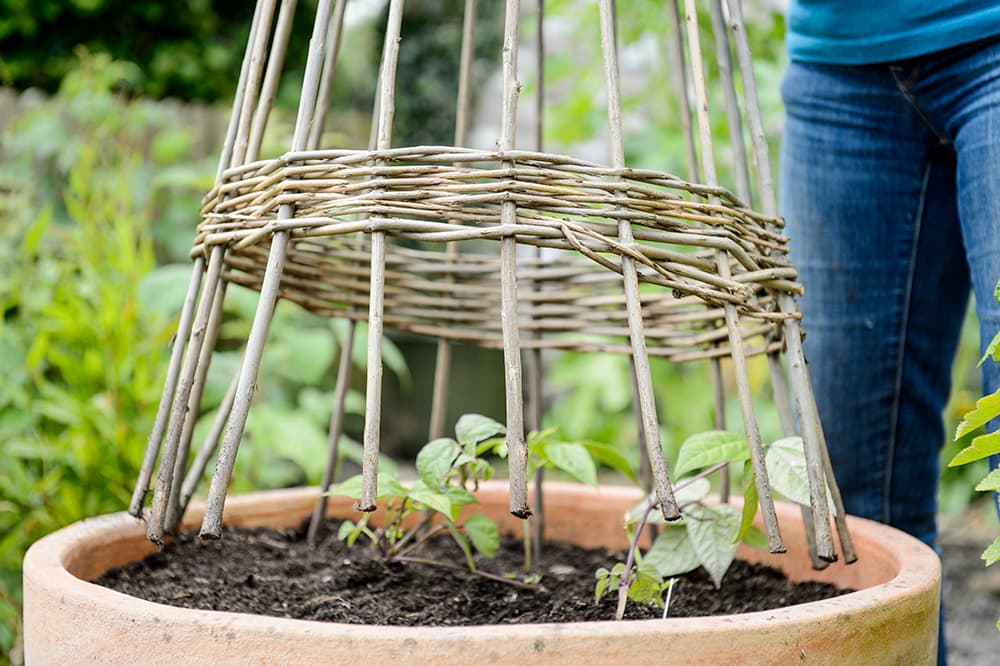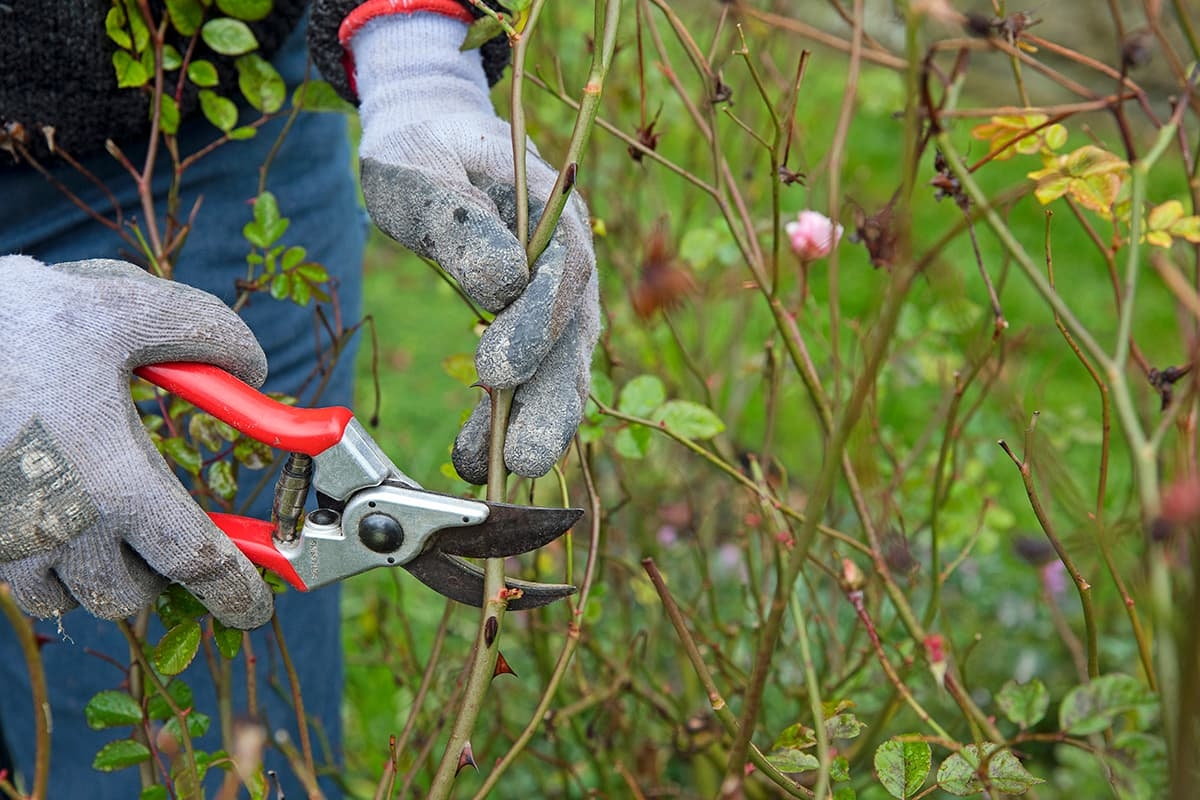These are 11 smart things you can do with your pruning waste

Pruning season for most plants is just around the corner! You can reuse (almost) all of your pruning waste. This will improve your garden and save you money. Check out these 11 tips!
Read more below the advertisement
It's common practice to throw all pruning waste in the green bin, take it to the recycling center, or chop it into wood chips. But wait a minute! You can do so much more with those branches and trunks. Read these 11 handy tips.

Why buy plant supports or bamboo stems in the store when you can just pick them up for free from your garden? Long branches from hazel , willow—and of course, bamboo —are particularly suitable. You can also use branches from other trees and shrubs, especially if you need more curved branches.
When pruning hazel or willow branches, it's best to let them dry for a while, as they can easily take root and sprout again.

If you're pruning anyway, see if you can take winter cuttings . Some woody plants are perfect for this. This way, you can easily grow dozens of new plants. That's a big money saver!

- Create a complete garden design on a small budget
- Save money on sowing, planting and cuttings and grow your own vegetables
- Creative DIY projects and reuse tips


Branches and trunks are also perfect decorative elements in your garden, giving it a natural look. For example, create a stump garden or allow long branches to hang over your natural pond . This not only connects the garden borders but also makes these "lookout points" popular with birds and dragonflies.


If you have to prune extensively, you can end up with a huge number of branches. Besides the tips above, you can also build complete branch grooves. This can be used as a natural decoration, but if you can extend it high enough, it can also serve as a good boundary.
The advantage is that you can always find a place for your branches and that countless animal species are helped in every season. From overwintering amphibians and moths to shelters for soil-dwelling animals and garden birds.
Tip!

You can also make excellent things with thicker branches. Think, for example, of support structures for sweet peas ( Lahtyus ) , bird tables, and, if the trunks are healthy and sturdy, even treehouses. Always check that a treehouse or other weight-bearing structure is safe.
Extra tip: If there are still a lot of leaves on the branches, strip them off from top to bottom. This makes a great addition to leaf mold .


Flexible wood, such as red dogwood and willow, also makes excellent hanging birdhouses . You can hang bowls of bird food and water in them. Make sure the food bowl has holes to allow water to drain.












%3Aformat(jpeg)%3Abackground_color(fff)%2Fhttps%253A%252F%252Fwww.metronieuws.nl%252Fwp-content%252Fuploads%252F2025%252F10%252FZuid-Tirol-Dolomieten-2.jpg&w=1280&q=100)
